Diabetes and Thrush: Managing the Connection
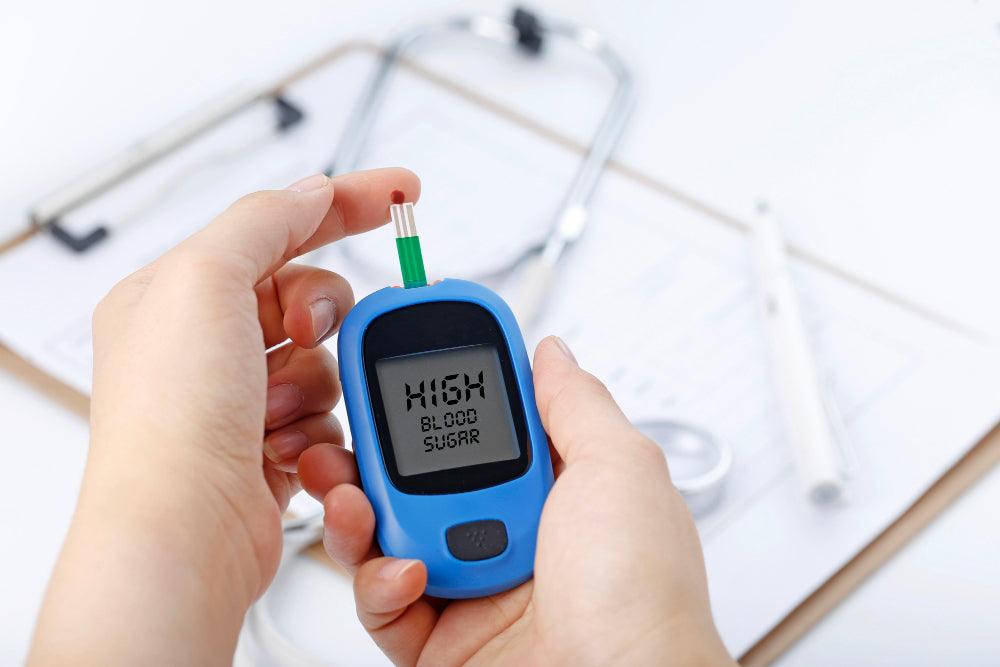
Related products
What is the link between thrush and diabetes?
Thrush and diabetes share a significant connection that may not be immediately apparent to many individuals. Thrush, caused by the overgrowth of Candida fungus, is an infection that can affect various parts of the body. Diabetes, on the other hand, is a chronic metabolic disorder characterised by high blood sugar levels. The link between the two arises from the fact that people with diabetes, particularly those with poorly controlled blood sugar levels, are at an increased risk of developing thrush infections. Understanding this connection can help diabetic individuals better manage their health and avoid recurrent thrush infections.
Importance of understanding and managing the connection
Managing the connection between thrush and diabetes is crucial for both patient well-being and overall health. Individuals with diabetes, especially those with poor glycaemic control, often experience weakened immune systems, making them more susceptible to infections like thrush, as explained by
Dr Jane Smith, an endocrinologist at London Diabetes Centre.
Diabetic patients reduce the likelihood of developing thrush, improving their quality of life and potentially reducing healthcare costs associated with treating recurrent infections by recognising the relationship between the two conditions and implementing preventive measures, .
Symptoms and signs of thrush in diabetics
In people with diabetes, the symptoms of thrush can be more severe and harder to treat. Common signs of thrush include itching, redness, and discomfort in the affected area. In cases of oral thrush, white patches may appear on the tongue or inside the cheeks.
Diabetic patients must be vigilant in identifying the symptoms of thrush and seek timely treatment to prevent complications as emphasised by Dr. Sarah Jones, a specialist in infectious diseases. Early intervention can help avoid the development of more severe infections that may require more aggressive treatments.
Blood Sugar and Yeast Infections
High blood sugar levels play a critical role in the relationship between thrush and diabetes. When blood sugar levels are elevated, the body's immune system is less able to fight off infections. Additionally, the excess sugar in the bloodstream can create an environment that promotes the growth of Candida fungus, leading to thrush infections.
Maintaining good glycaemic control is essential to reduce the risk of yeast infections and other complications associated with diabetes stated by Dr Lucy Adams, a diabetes specialist nurse.
How thrush can affect people with diabetes
Thrush can have a significant impact on the lives of people with diabetes. Recurrent infections can be painful and uncomfortable, potentially affecting daily activities and quality of life. Moreover, thrush infections can serve as a warning sign that blood sugar levels are not being adequately managed, potentially increasing the risk of other complications related to diabetes.
Diabetic patients should consider the occurrence of thrush as an opportunity to reassess their diabetes management and work closely with their healthcare team to optimise their blood sugar control as advised by Dr Mark Thompson, a consultant diabetologist.
Overview of Diabetes
Types of diabetes
There are two main types of diabetes: type 1 and type 2. Type 1 diabetes, also known as insulin-dependent diabetes, is an autoimmune condition in which the body's immune system destroys the insulin-producing cells in the pancreas. This results in the inability to produce insulin, a hormone essential for regulating blood sugar levels. Type 2 diabetes, the more common form, occurs when the body becomes resistant to insulin or does not produce enough insulin to maintain normal blood sugar levels. Both types of diabetes can increase the risk of developing thrush.
B. Common symptoms and signs of diabetes
Some common symptoms and signs of diabetes include increased thirst, frequent urination, unexplained weight loss, fatigue, blurred vision, slow-healing wounds, and recurrent infections, such as thrush. The Diabetes UK website provides a comprehensive list of diabetes symptoms and valuable resources for individuals seeking more information. It is important for individuals experiencing these symptoms to consult their healthcare professional for proper evaluation and diagnosis.
C. How diabetes can affect the immune system and increase the risk of infections
Diabetes, particularly when poorly managed, can have a detrimental impact on the immune system. High blood sugar levels can impair the body's ability to fight off infections, making individuals with diabetes more susceptible to various types of infections, including thrush. According to the NHS, diabetic individuals are at an increased risk of developing infections due to the combined effects of impaired immune function, damage to blood vessels, and elevated blood sugar levels. It is crucial for people with diabetes to maintain good glycaemic control to reduce the risk of infections and related complications.
Prevention and Management of Thrush in Diabetic Patients
A. Strategies for maintaining good glycaemic control
Maintaining good glycaemic control is essential for reducing the risk of thrush and other complications associated with diabetes. Some key strategies include: Medications: Taking prescribed medications, such as insulin or oral hypoglycaemic agents, as directed by a healthcare professional is crucial for maintaining blood sugar levels within the target range. The Diabetes.co.uk website offers helpful information on different types of diabetes medications and their appropriate usage. Diet: Eating a balanced diet, rich in fruits, vegetables, whole grains, lean proteins, and healthy fats can help regulate blood sugar levels. The Diabetes UK's Enjoy Food section provides valuable guidance on planning nutritious meals for individuals with diabetes. Exercise: Engaging in regular physical activity can improve insulin sensitivity, making it easier for the body to maintain normal blood sugar levels. The NHS Live Well website offers recommendations on the types and duration of exercise suitable for people with diabetes.
B. Identifying and treating underlying causes of recurrent thrush
In addition to maintaining good glycaemic control, it is essential to identify and address any underlying causes of recurrent thrush infections. Some potential causes include: Uncontrolled diabetes: As discussed earlier, poorly controlled diabetes can increase the risk of thrush infections. Working closely with a healthcare team to optimise blood sugar management is crucial. Use of antibiotics: Prolonged or frequent use of antibiotics can disrupt the natural balance of microorganisms in the body, creating an environment that favours Candida overgrowth. The NHS Antibiotics Guide provides information on the appropriate use of antibiotics and their potential side effects. Other medical conditions: Certain medical conditions, such as a weakened immune system or hormonal imbalances, can also increase the risk of developing thrush. Diabetic individuals experiencing recurrent thrush infections should consult their healthcare professional for further evaluation and appropriate treatment.
D. What is a Diabetic yeast infection?
A diabetic yeast infection refers to a fungal infection caused by Candida overgrowth in individuals with diabetes. High blood sugar levels can impair the immune system, making it difficult for the body to combat infections. Additionally, excess sugar in the bloodstream provides a favourable environment for the growth of Candida fungus, leading to yeast infections. Diabetic yeast infections can manifest as oral thrush, genital thrush, or skin infections.
E. Diabetic yeast infection rash pictures

Diabetic yeast infection rash pictures can provide a visual aid for individuals to identify fungal infections affecting the skin. Websites like the WebMD Skin Problems and Treatments Slideshow offer images of various skin conditions, including yeast infections. However, it is crucial to consult a healthcare professional for an accurate diagnosis and appropriate treatment if you suspect a yeast infection.
F. Most common fungal infection in diabetes
The most common fungal infection in diabetes is Candida overgrowth, which can cause various types of thrush, including oral, genital, and skin infections. People with diabetes, particularly those with poorly controlled blood sugar levels, are at a higher risk of developing these infections due to the compromised immune system and favourable environment created by elevated blood sugar.
G. Diabetes and yeast infections on the skin
Diabetes can predispose individuals to developing yeast infections on the skin, particularly in areas prone to moisture, such as skin folds, under the breasts, and between the fingers and toes. These infections can present as red, itchy, and sometimes scaly patches. The NHS Skin Rash Guide provides information on various types of skin rashes, including those caused by yeast infections. It is essential to consult a healthcare professional for proper diagnosis and treatment if you suspect a skin yeast infection.
H. Diabetes yeast infection female
In females with diabetes, yeast infections can manifest as vaginal thrush. High blood sugar levels can promote the growth of Candida in the vagina, leading to symptoms such as itching, redness, and a thick, white discharge. The NHS Vaginal Thrush Guide offers valuable information on the symptoms, causes, and treatments for this condition. Diabetic females should consult their healthcare professional if they suspect a yeast infection, as early intervention is crucial for successful treatment.
I. Diabetic yeast infection male
Males with diabetes can also experience yeast infections, commonly referred to as male thrush. Symptoms may include itching, redness, and discomfort around the head of the penis, as well as a thick, white discharge. The NHS Penile Thrush Guide provides comprehensive information on this condition. Diabetic males should consult their healthcare professional for proper diagnosis and treatment if they suspect a yeast infection.
The Connection between Thrush and Diabetes
A. High blood sugar levels and their impact on the immune system
High blood sugar levels can have a detrimental impact on the immune system, impairing the body's ability to fight off infections. This weakened immune function increases the risk of developing infections, including thrush, in individuals with diabetes. Maintaining good glycaemic control is essential for reducing the risk of infections and related complications. How high blood sugar levels can create a favourable environment for Candida High blood sugar levels provide a favourable environment for the growth of Candida fungus, the primary cause of thrush infections. Excess sugar in the bloodstream can serve as a nutrient source for Candida, promoting its proliferation. Additionally, elevated blood sugar levels can impair the body's ability to maintain a healthy balance of microorganisms, allowing Candida to overgrow and cause infections.
C. The role of poor glycaemic control in recurrent thrush infections
Poor glycaemic control in individuals with diabetes can increase the likelihood of recurrent thrush infections. Uncontrolled blood sugar levels not only weaken the immune system but also create an environment conducive to Candida overgrowth. Diabetic patients experiencing recurrent thrush infections should consider this a warning sign to reassess their diabetes management and work closely with their healthcare team to optimise blood sugar control.
Prevention and Management of Thrush in Diabetic Patients
In order to prevent and manage thrush in diabetic patients, it is crucial to focus on maintaining good glycaemic control and addressing any underlying factors that may contribute to recurrent infections. This can include:
Medications: Ensure that prescribed medications for diabetes are taken as directed by a healthcare professional to maintain blood sugar levels within the target range.
Diet: Consume a balanced diet, rich in fruits, vegetables, whole grains, lean proteins, and healthy fats, to support blood sugar regulation and overall health.
Exercise: Engage in regular physical activity to improve insulin sensitivity and maintain normal blood sugar levels.
Personal hygiene: Practice good personal hygiene, particularly in areas prone to moisture, to reduce the risk of yeast infections on the skin and genitals.
Monitoring and intervention: Monitor for signs and symptoms of thrush and consult a healthcare professional for appropriate treatment if an infection is suspected.
Addressing underlying causes: Work with your healthcare team to identify and address any factors contributing to recurrent thrush infections, such as uncontrolled diabetes, prolonged use of antibiotics, or other medical conditions that may increase susceptibility to Candida overgrowth.
By understanding the connection between thrush and diabetes and taking proactive measures to manage both conditions, individuals with diabetes can significantly reduce their risk of developing thrush infections and improve their overall quality of life.
Prevention and Management of Thrush in Diabetic Patients
A. Strategies for maintaining good glycaemic control
1. Medications
Taking prescribed medications for diabetes, such as insulin or oral hypoglycaemic agents, as directed by a healthcare professional is crucial for maintaining blood sugar levels within the target range. Adhering to the medication regimen ensures optimal glycaemic control and reduces the risk of thrush and other complications associated with diabetes.
2. Diet
Eating a balanced diet, rich in fruits, vegetables, whole grains, lean proteins, and healthy fats, can help regulate blood sugar levels. Monitoring carbohydrate intake and making healthy food choices can significantly impact glycaemic control, which in turn can decrease the risk of developing thrush infections.
3. Exercise
Engaging in regular physical activity can improve insulin sensitivity, making it easier for the body to maintain normal blood sugar levels. Exercise not only helps in blood sugar regulation but also supports overall health and wellbeing.
B. Identifying and treating underlying causes of recurrent thrush
1. Uncontrolled diabetes
Poorly controlled diabetes can increase the risk of thrush infections. Diabetic individuals experiencing recurrent thrush infections should work closely with their healthcare team to optimise blood sugar management and reduce the risk of future infections.
2. Use of antibiotics
Prolonged or frequent use of antibiotics can disrupt the natural balance of microorganisms in the body, creating an environment that favours Candida overgrowth. Consulting a healthcare professional for appropriate antibiotic use and duration can help minimise the risk of thrush infections.
3. Other medical conditions
Certain medical conditions, such as a weakened immune system or hormonal imbalances, can also increase the risk of developing thrush. Diabetic individuals should consult their healthcare professional for further evaluation and appropriate treatment if they experience recurrent thrush infections.
4. Fluconazole and diabetes
Fluconazole is an antifungal medication commonly prescribed for the treatment of thrush infections, including those affecting diabetic patients. It is essential to follow your healthcare professional's advice regarding the dosage and duration of fluconazole treatment to effectively treat the infection.
C. Importance of maintaining good personal hygiene
Practising good personal hygiene is essential in preventing thrush infections, particularly in individuals with diabetes. Keeping skin clean and dry, especially in areas prone to moisture, can help reduce the risk of yeast infections on the skin and genitals. Changing underwear frequently and avoiding tight-fitting clothing can also minimise the risk of fungal infections.
D. When to seek medical advice for thrush
Diabetic individuals should consult their healthcare professional if they suspect a thrush infection. Symptoms such as itching, redness, and white discharge may indicate the presence of a yeast infection. Early intervention is crucial for successful treatment and to prevent complications associated with recurrent infections.
Conclusion
Understanding the connection between thrush and diabetes is vital for managing both conditions effectively. By maintaining good glycaemic control, addressing underlying causes of recurrent infections, and practising good personal hygiene, individuals with diabetes can significantly reduce their risk of developing thrush infections and improve their overall quality of life. Seeking medical advice at the first sign of a thrush infection ensures prompt treatment and helps prevent further complications.






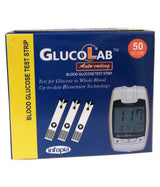






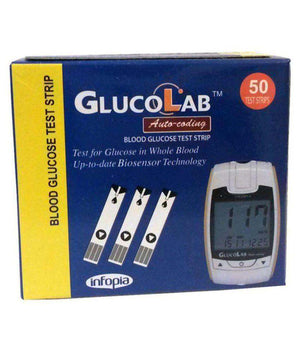





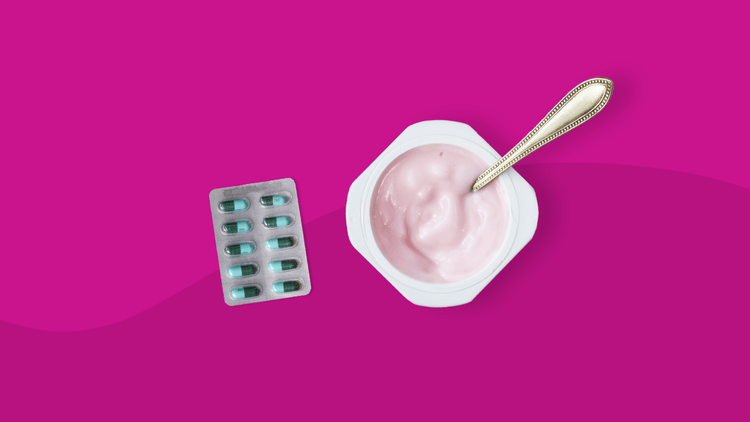
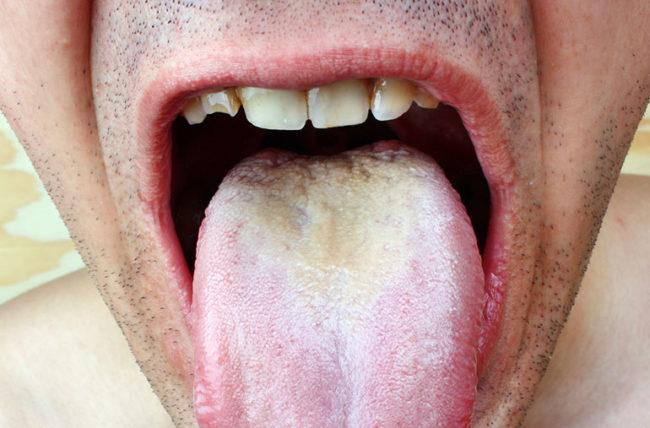



 Rated Excellent by 26,523+ Reviews
Rated Excellent by 26,523+ Reviews